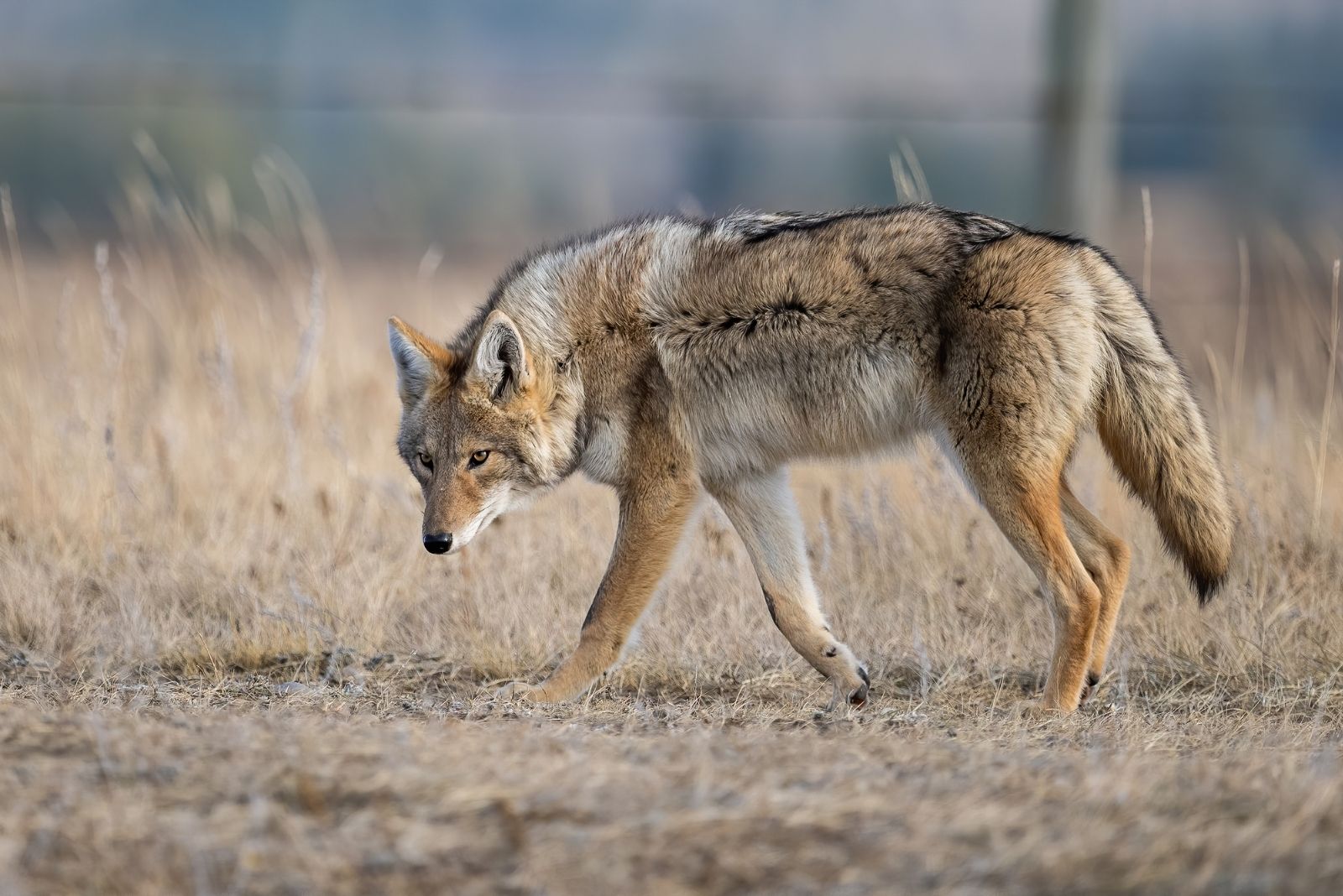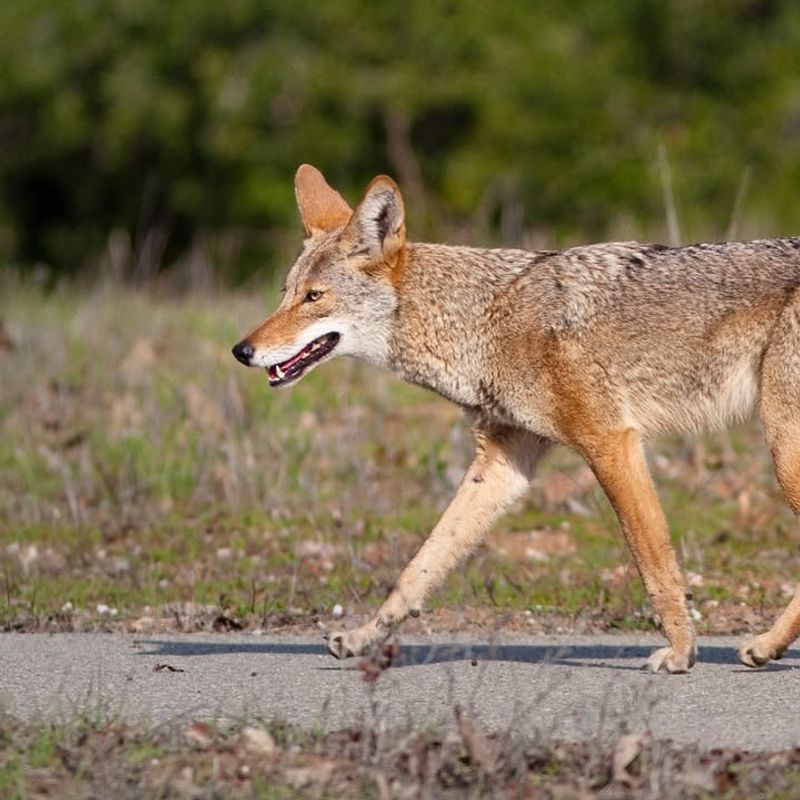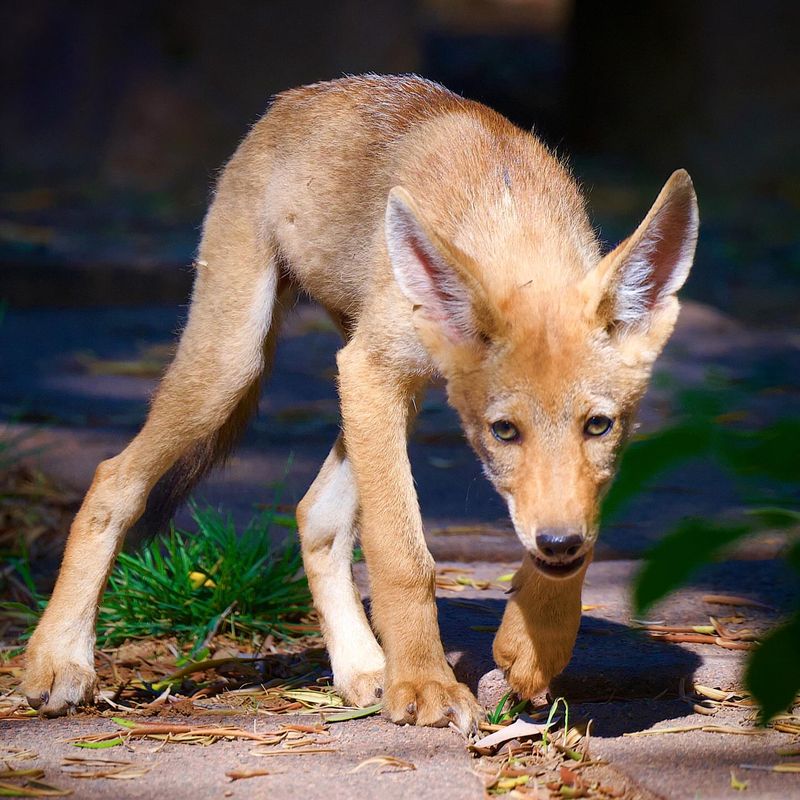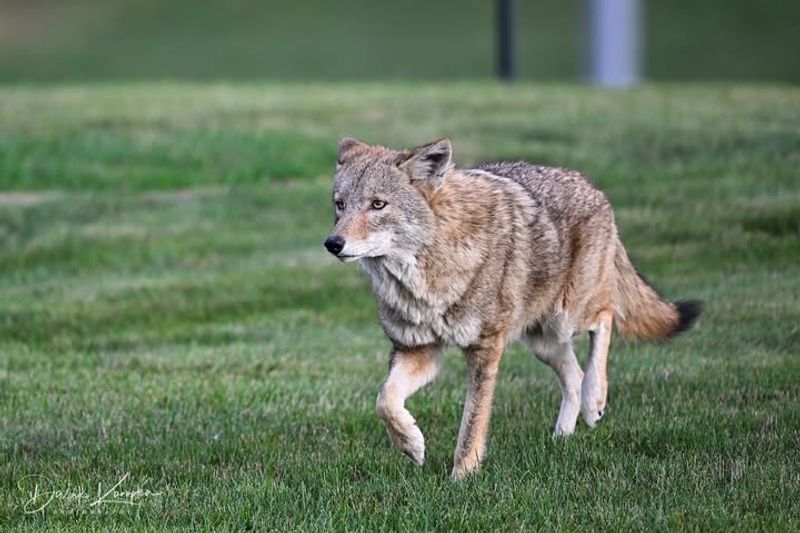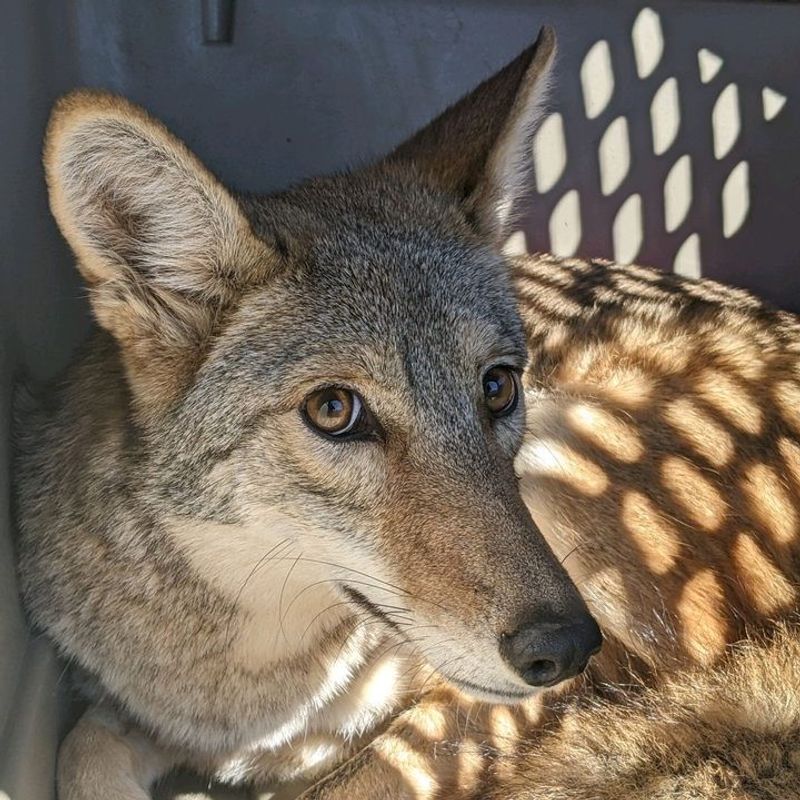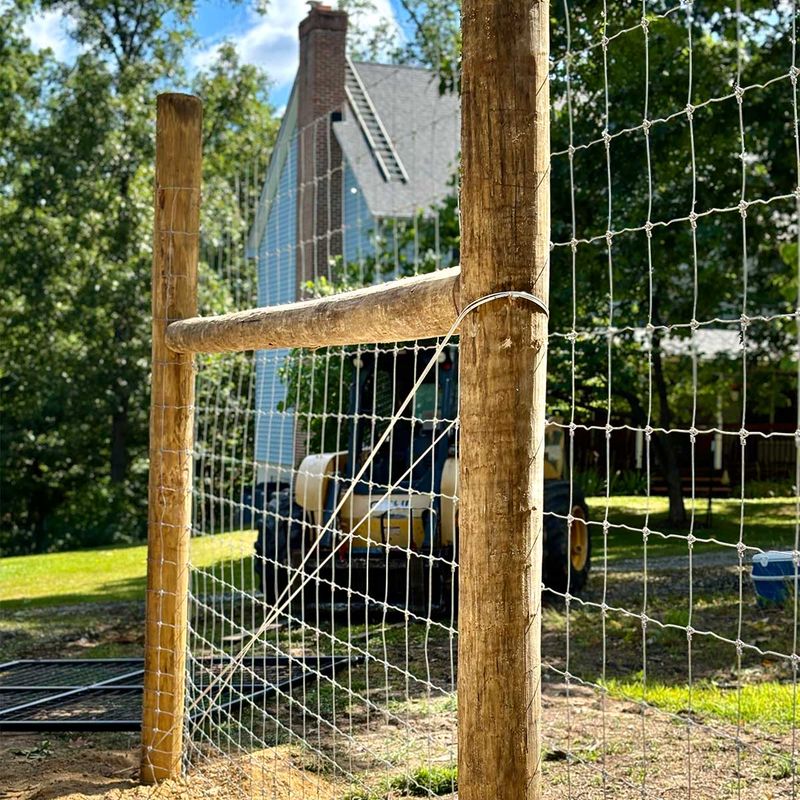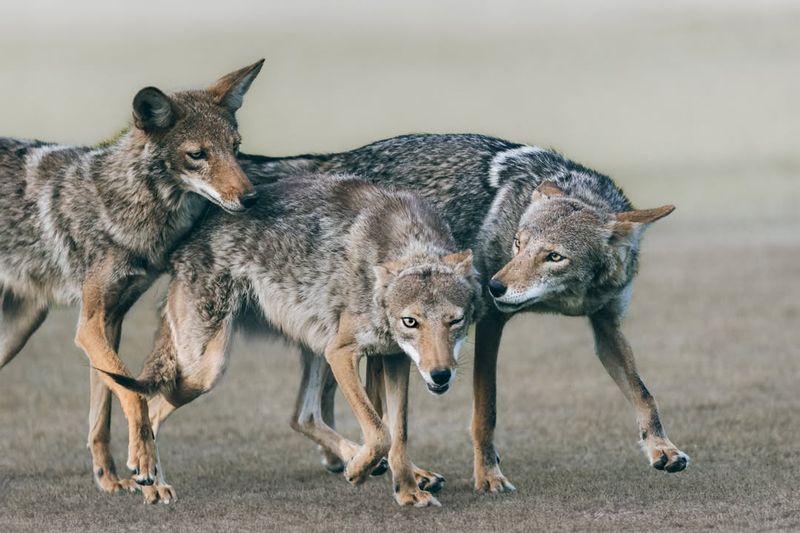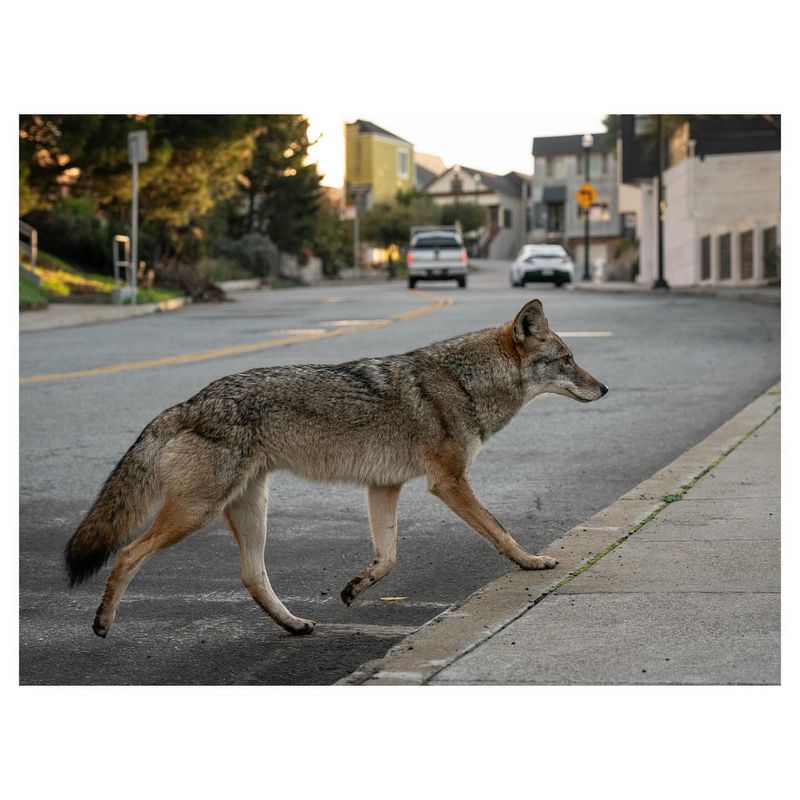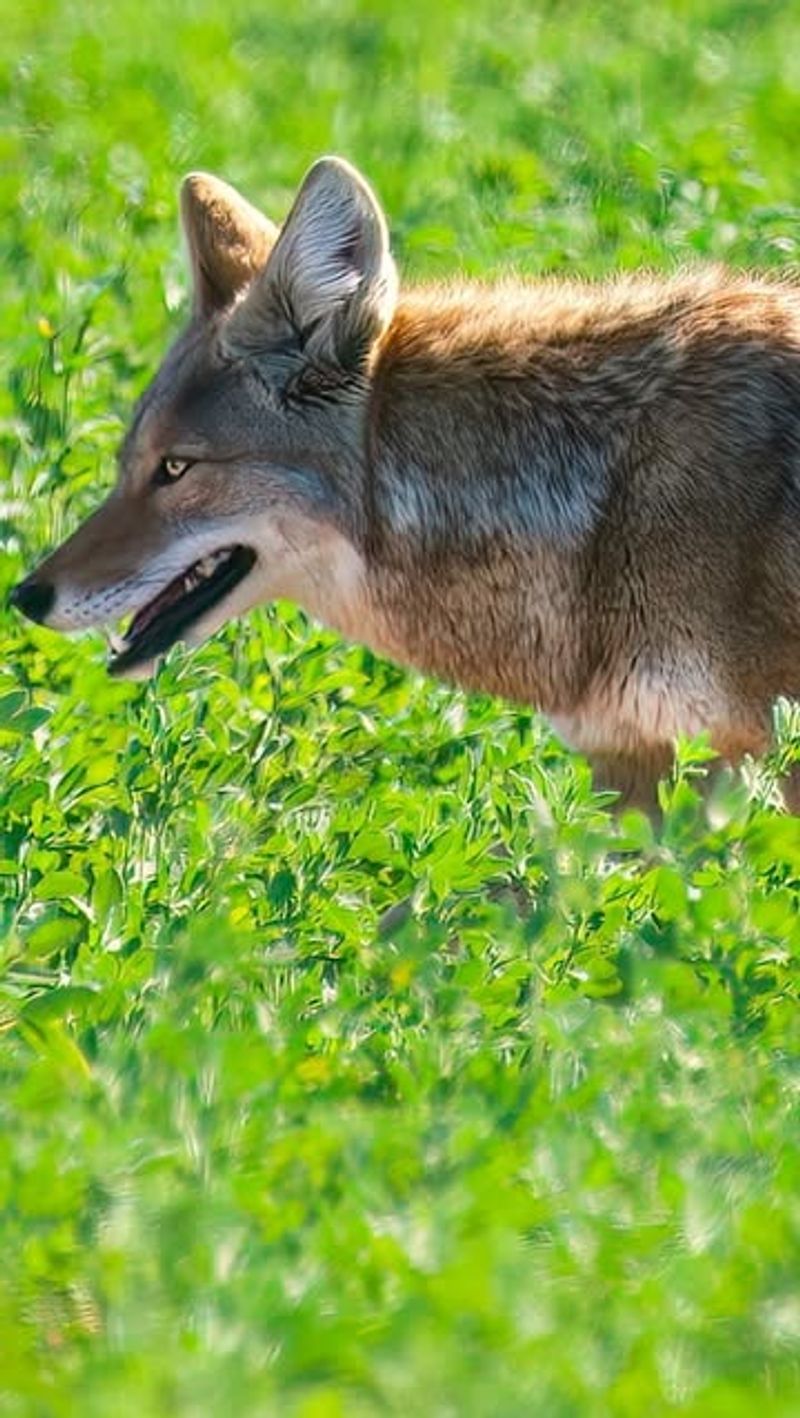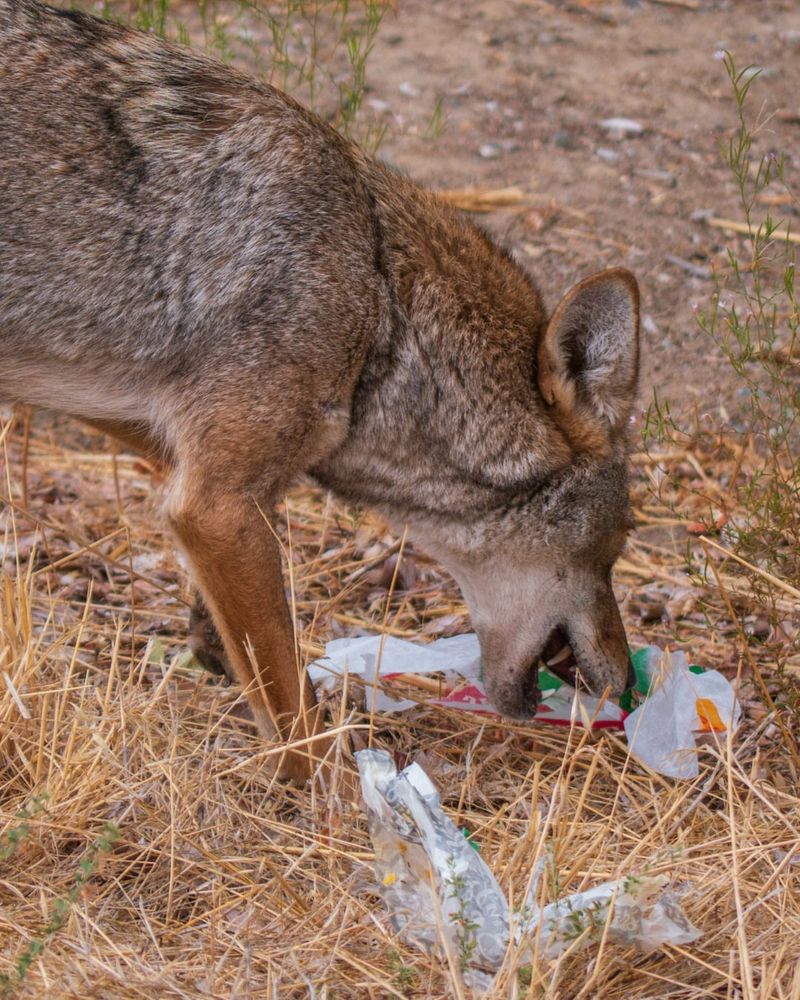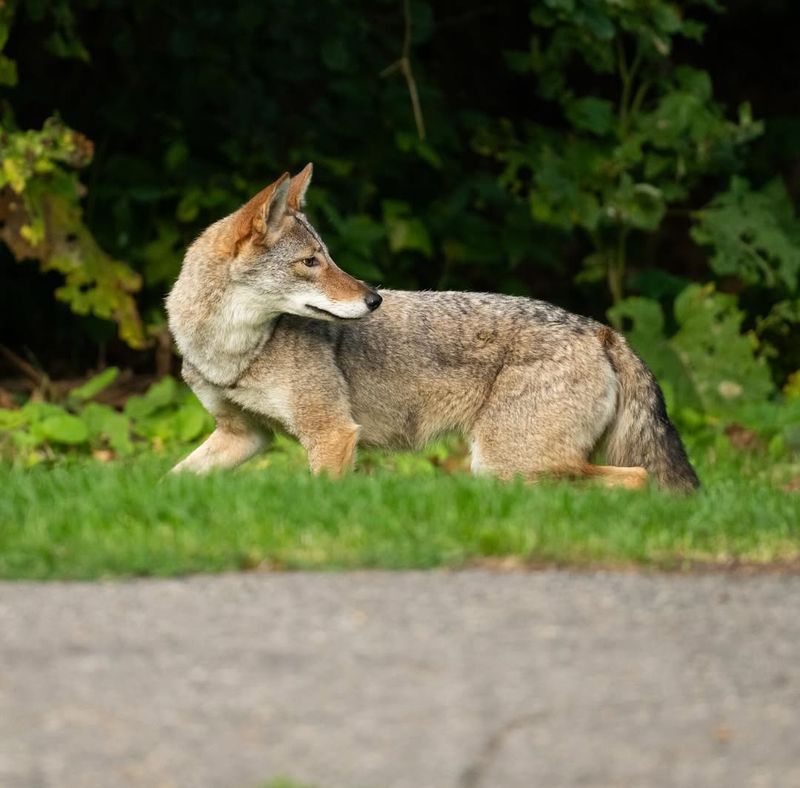Seeing a coyote in your California backyard can be a jolt—especially if you’ve got pets or a garden you love. As wild spaces shrink, these clever animals are showing up more often in suburban neighborhoods.
Coyotes are highly adaptable and usually avoid people, but it’s smart to know how to react. Keeping pets indoors, securing trash, and avoiding feeding wildlife can make a big difference.
A calm, informed response helps protect your family, your garden, and the coyotes themselves. Coexisting safely starts with awareness and a few simple precautions.
1. Make Yourself Look Big
Standing tall with arms raised makes you appear more intimidating to these wild canines. Most coyotes naturally fear humans and will retreat when confronted with confidence.
From my experience in my California neighborhood, maintaining eye contact while expanding your silhouette sends a clear message that you’re not prey. Wave your arms slowly above your head for maximum effect.
This technique works especially well if you’re near your garden or patio area where you want to establish boundaries.
2. Create Loud Noises
Sharp, sudden sounds can startle these wild visitors and encourage them to leave your property. Air horns, whistles, or even banging pots together create effective deterrents that won’t harm the animal.
Keeping a noise-making device near garden areas has helped many California homeowners maintain coyote-free zones. The key is consistency – animals learn to avoid places where they consistently experience unpleasant stimuli.
Many gardeners I know attach wind chimes to fencing as a gentler ongoing sound deterrent.
3. Install Motion-Activated Sprinklers
Surprising visitors with a sudden spray of water creates an effective and humane deterrent. These clever devices detect movement in your yard and release a burst of water that startles coyotes without causing harm.
For me, it felt safer when I planted my California native garden after installing these around the perimeter. They work wonderfully during daylight hours when coyotes sometimes venture into residential areas.
Position them strategically near vegetable gardens or areas where pets frequently visit for maximum effectiveness.
4. Secure Your Trash Cans
Food scraps and garbage create irresistible lures for hungry wildlife exploring suburban areas. Locking lids or weighted covers prevent easy access while reducing the temptation for these opportunistic feeders to visit your yard.
In my California neighborhood, households that switched to wildlife-proof containers reported significantly fewer coyote sightings. Even compost bins need secure lids to avoid attracting unwanted visitors.
Garden waste containing fruit or vegetable scraps should be properly contained or promptly disposed of to avoid creating a wildlife buffet.
5. Remove Fallen Fruit
Fallen oranges, avocados, and other backyard fruits common throughout California create an attractive food source. Regular cleanup of your yard prevents coyotes from developing a routine feeding pattern around your property.
The smell of fermenting fruit can draw wildlife from surprising distances. During harvest seasons, daily collection keeps your garden less appealing to wandering predators.
From my own experience, this helped reduce not just coyote visits but also problems with raccoons and other wildlife that might attract predators.
6. Install Proper Fencing
Effective barriers should be at least six feet tall with coyote rollers or extensions angled outward at the top. These clever canines can jump surprisingly high and will dig under obstacles if motivated.
Many California gardeners extend fencing below ground level with hardware cloth to prevent burrowing. The investment pays off by protecting both landscaping and pets from unwanted wildlife encounters.
Periodic inspection of fence lines helps identify potential weak spots before they become entry points for determined predators seeking easy meals.
7. Keep Pets Supervised
Small animals can look like prey to hungry coyotes searching for an easy meal. Outdoor cats and small dogs are particularly vulnerable when left unattended, especially during dawn and dusk hours.
Creating a designated pet area within your garden with protective fencing provides safe outdoor time. Many California pet owners have installed covered runs that allow their companions to enjoy fresh air without risk.
Maintaining a watchful presence while gardening with your pet nearby helps establish your yard as protected territory rather than hunting grounds.
8. Contact Wildlife Services
Professional assistance becomes necessary when coyotes show aggressive behavior or seem unusually comfortable around humans. California’s Department of Fish and Wildlife can provide specific guidance tailored to your situation.
Experts understand the seasonal patterns and behaviors unique to your region’s wildlife populations. They might recommend community-wide approaches that prove more effective than individual efforts.
Keeping a log of coyote sightings, including times and behaviors, helps authorities determine if intervention is needed beyond simple deterrents in your garden area.
9. Don’t Run Away
Fleeing triggers predatory instincts in these wild canines, potentially transforming a curious visitor into a pursuer. Sudden movements resemble prey behavior and might encourage unwanted chase responses.
Standing your ground while implementing other deterrent strategies sends a clear message that you’re not easy prey. Many California hikers use this approach successfully when encountering wildlife on trails.
Backing away slowly while maintaining a confident posture allows you to create distance without triggering hunting instincts that could endanger you or nearby garden areas.
10. Don’t Feed Wildlife
Offering food creates dangerous dependencies and eliminates natural wariness around humans. Even indirect feeding, like unsecured pet food or accessible compost, teaches these intelligent animals to associate yards with easy meals.
Once habituated to human-provided food sources, these animals lose their natural foraging skills. California neighborhoods where residents feed wildlife consistently report more problematic encounters and garden damage.
Bird feeders should be positioned thoughtfully, with spilled seed cleaned regularly to avoid attracting rodents that might subsequently draw predators to your garden space.
11. Don’t Leave Small Children Unattended
Young family members require adult supervision in areas where wildlife encounters are possible. Their small size and unpredictable movements might confuse predators or trigger hunting responses in desperate animals.
Creating a designated play area within your California garden that includes appropriate fencing provides peace of mind. Many families install motion sensors that alert adults when movement is detected near yard perimeters.
Teaching children appropriate responses to wildlife sightings prepares them for potential encounters while enjoying outdoor spaces safely.

